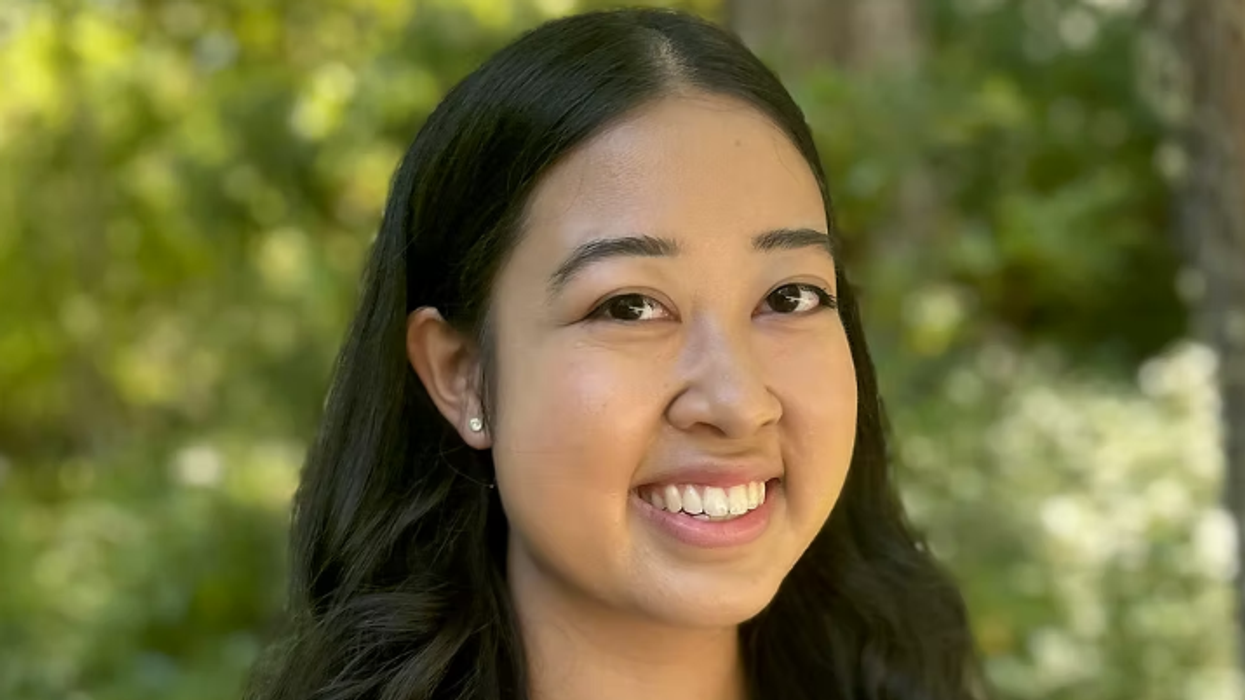Harwood is president and founder of The Harwood Institute. This is the latest entry in his series based on the "Enough. Time to Build.” campaign, which calls on community leaders and active citizens to step forward and build together.
I was recently in northern Colorado for a series of campaign events in Loveland and Fort Collins. Separated by just a few miles along Highway 287, each is home to different assets and challenges. Fort Collins has experienced rapid growth and is now wrestling with housing affordability and different populations’ access to resources. Meanwhile, Loveland is grappling with a range of issues amid an increasingly toxic public square as national divisiveness seeps in.
But here’s what they hold in common: They struggle with siloes, fragmentation, and a lack of trust between and among different groups. Not everyone feels seen or heard as both communities rapidly change.
When I kept listening to what they were trying to tell me about their struggle to move forward, it all added up to this: low civic confidence. The challenge for them — and for so many of us today seeking to make a difference in our communities — is how to get things moving in a way that builds momentum and grows civic confidence.
In fact, what’s really at question here is how change happens.
Society is awash in theories of change. But they’re called theories for a reason. They may sound nice on paper, but they are often disconnected from people’s lived experiences and on-the-ground realities. I’m interested in practical change that is connected to what really matters to people and what it takes to create lasting change.
Everywhere I go, community leaders and active citizens ask me, “How can we move forward amid our real divides and in the face of pressing challenges?” Fort Collins and Loveland were no exception. If we’re interested in creating real change, then we need to focus intently on building momentum.
First, what not to do. So many change efforts today begin too large with a comprehensive plan or some utopian vision. What happens to them? They start with great fanfare. Maybe with a press conference at the fanciest hotel with all the key stakeholders invited. But in a year or two, these efforts fizzle out. And they leave frustration and cynicism in their wake.
Instead, I believe we should start small by taking concrete action that makes a difference in people’s lives. These initial actions restore civic confidence by demonstrating that we, as Americans, have the will and ability to come together and get things done. They are also a down payment toward creating a new trajectory of hope.
But make no mistake: small actions alone are not enough. The goal is to unleash a chain reaction of actions and ripples that takes root, grows and spreads like a positive contagion. Our communities — and the country — are calling out for change that is as deep as it is wide.
Where to start is just as important as how. I often remind leaders to focus where the possibility — indeed, the probability — for forward motion is high. This can include complex issues like affordable housing, drug addiction and recovery, or youth support. But the emphasis must be on creating wins.
What does it look like to start small? Here’s an example from Clark County, Ky., a community I’ve worked with extensively over the years. One day, two women were sitting in their local church, listening to a presentation about the growing drug addiction issue in their community. They themselves were in recovery and intimately knew the ups and downs of navigating services and repairing a life knocked off course by addiction.
After hearing the message that morning, they decided to attend a conference on drug treatment in nearby Louisville. They came back from the conference emboldened, having discovered they had the innate capabilities to build together. So they established a small group of coaches — people who were themselves in recovery — who volunteered to be on call to meet people at the emergency room after they had suffered an overdose.
Then, these coaches stayed in touch after people were released from the hospital. They helped them connect to treatment providers and find jobs to get them back on their feet. Their initiative led different organizations and groups like the Clark County Health Department, the local Agency for Substance Abuse Prevention, the Department of Community Based Services, drug and mental health courts, local physicians, and the school district to break out of their silos and work together in new ways. And over time, their efforts spread and grew to where the community was fundamentally tackling drug addiction more comprehensively and with more compassion than ever before.
In the end, the change created in this community was systemic. But it all started with those two women in church who said, “We have a contribution to make.” They started small and they took action.
Their story demonstrates that if we choose to forge a new civic path that starts in our local communities and is grounded in our shared aspirations, we can get our communities moving again. We can grow momentum over time. And we can build back our civic confidence.
This is what our communities need. It’s what the nation needs too.

































